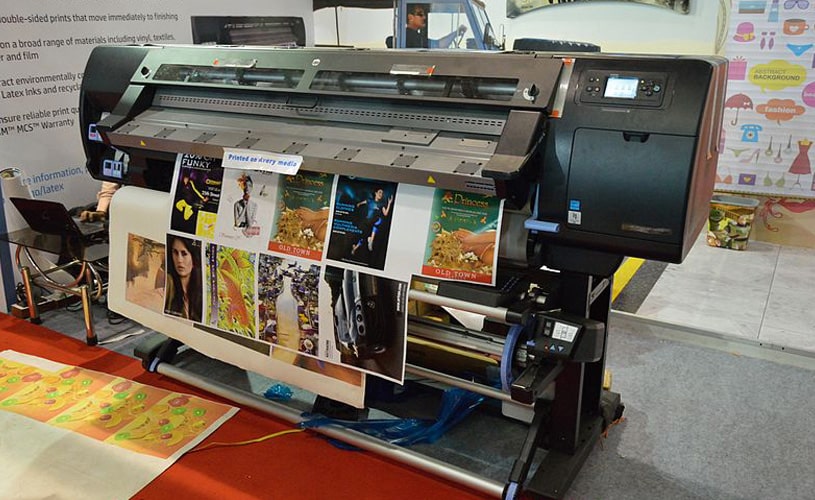How to Properly Store and Preserve Archival Media Prints

Ever wondered how to keep those old photos and documents in perfect shape? Archival media prints can be treasures. They hold memories, stories, and history. But how do we make sure they last for generations? It's a bit like taking care of a garden. You need to give them the right environment, handle them with care, and sometimes even get some expert help.
Think about that photo of your grandparents' wedding or that important document from your family history. They’re precious, aren’t they? But time, light, and even how we store and handle them can damage these priceless items. The good news is, there are simple steps you can take to protect them.
Keep reading to learn how to keep your cherished prints safe and sound for years to come.
Protecting Your Prints from Environmental Threats
Environmental factors are the silent enemies of archival media prints. Temperature, humidity, and light can cause serious damage over time.
The first thing to do is find a cool, dry place to store your prints. Basements and attics are usually not good options. They tend to be damp and have extreme temperature changes. Instead, choose a closet or a room inside your home where the climate is more stable.
Humidity can cause prints to warp or even grow mould. Aim for a humidity level between 30-50%. Using a dehumidifier can help maintain this level. Temperature is also crucial. Keep it around 65-70 degrees Fahrenheit. Avoid placing prints near windows or heating vents. Direct sunlight can fade and discolour prints quickly.
Air pollution is another factor. Dust and pollutants can settle on prints and cause damage. Store your prints in acid-free, archival-quality boxes or sleeves. These materials help protect against dust and pollutants. You can find these supplies at most art supply stores or online.
A little prevention goes a long way. Keep your prints in a stable, clean environment and they will reward you by staying in good condition for years to come.
Handling Your Prints with Care
Handling your archival media prints with care is just as important as storing them properly. Every time you touch a print, you risk damaging it. Oils and dirt from your fingers can transfer onto the prints, causing stains and deterioration. Always wash your hands before handling prints. Even better, wear cotton gloves to provide an extra layer of protection.
When you need to move your prints, be gentle. Hold them by the edges and avoid touching the surface. Using both hands to support larger prints can prevent bending and creasing. If you're working with fragile or valuable prints, consider laying them on a clean, flat surface while you handle them.
If you need to display your prints, think about using archival-quality frames. These frames provide additional protection from light and environmental factors. Make sure the frame has UV-protective glass to shield the print from harmful light exposure. Avoid hanging prints in direct sunlight, near windows, or in humid areas like bathrooms.
Sorting and Labelling: Creating a System for Easy Access
Having a system for sorting and labelling your archival media prints can make a huge difference. Start by grouping prints by categories that make sense to you. It could be by date, event, or even by people featured in the prints.
Once you have your categories, think about labelling. Use soft pencils or archival-quality pens to label the back of each print. Avoid using regular pens or markers, as the ink can bleed through and damage the prints. Write gently to avoid leaving imprints on the front of the print.
Storage boxes are great for keeping your prints organised. This can be a simple notebook or a digital file where you list each print and its location. This way, you can easily find a specific print without sifting through all of them.
The Power of Digitization
Digitising your archival media prints is one of the best ways to preserve them. By creating digital copies, you can protect the originals from handling and environmental damage. Plus, digital files are easy to share and store.
Start by scanning your prints. Use a high-quality scanner to ensure you capture all the details. Save the digital files in a high-resolution format, like TIFF or JPEG. These formats retain the quality of the image and are widely used. Make sure to back up your digital files. Use multiple storage methods, like an external hard drive and cloud storage, to ensure you don’t lose any files.
Once digitised, you can organise your digital prints just like the physical ones. Create folders and label them clearly. This makes it easy to find specific prints when you need them. Plus, you can edit and restore digital prints using photo editing software. This way, you can bring old, faded prints back to life without risking the original.
Digitization also allows you to share your prints with family and friends easily. You can email digital copies or create online albums. This is especially useful for preserving family history and sharing memories with loved ones who live far away.
Professional Help: When to Call in the Experts
Sometimes, despite our best efforts, archival media prints need professional care. If you notice any serious damage, like mould, water stains, or tears, it’s best to consult a professional conservator. These experts have the skills and tools to repair and restore prints without causing further harm.
Professional conservators can also help with preventive care. They can advise you on the best storage practices and materials for your specific type of prints. Sometimes, investing in a professional assessment can save you a lot of trouble and expense down the road.
If you're ready to start preserving your prints, you can check the rate card here – [https://www.photostop.in/ratecard.html]. Taking action today will help protect your memories for tomorrow.
Leave a Reply
Your email address will not be published. Required fields are marked *


